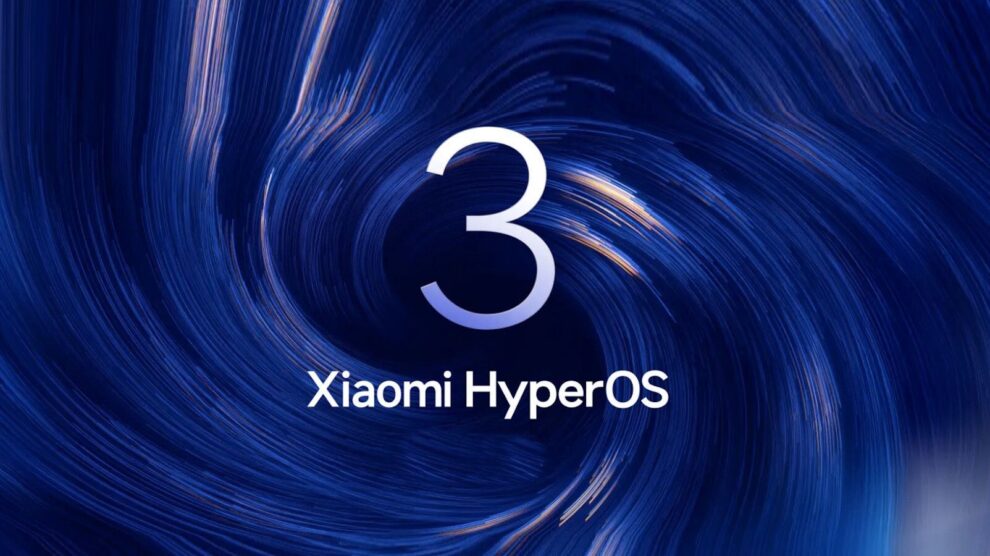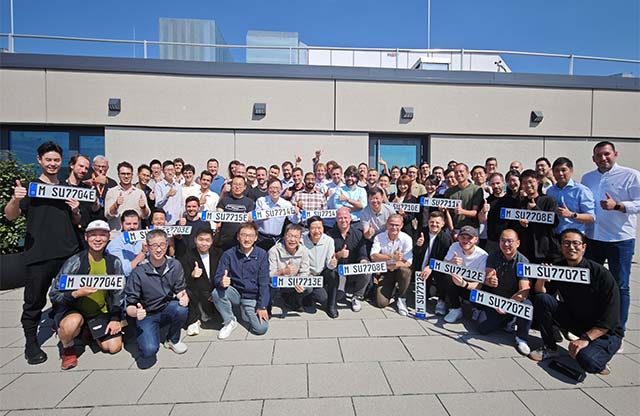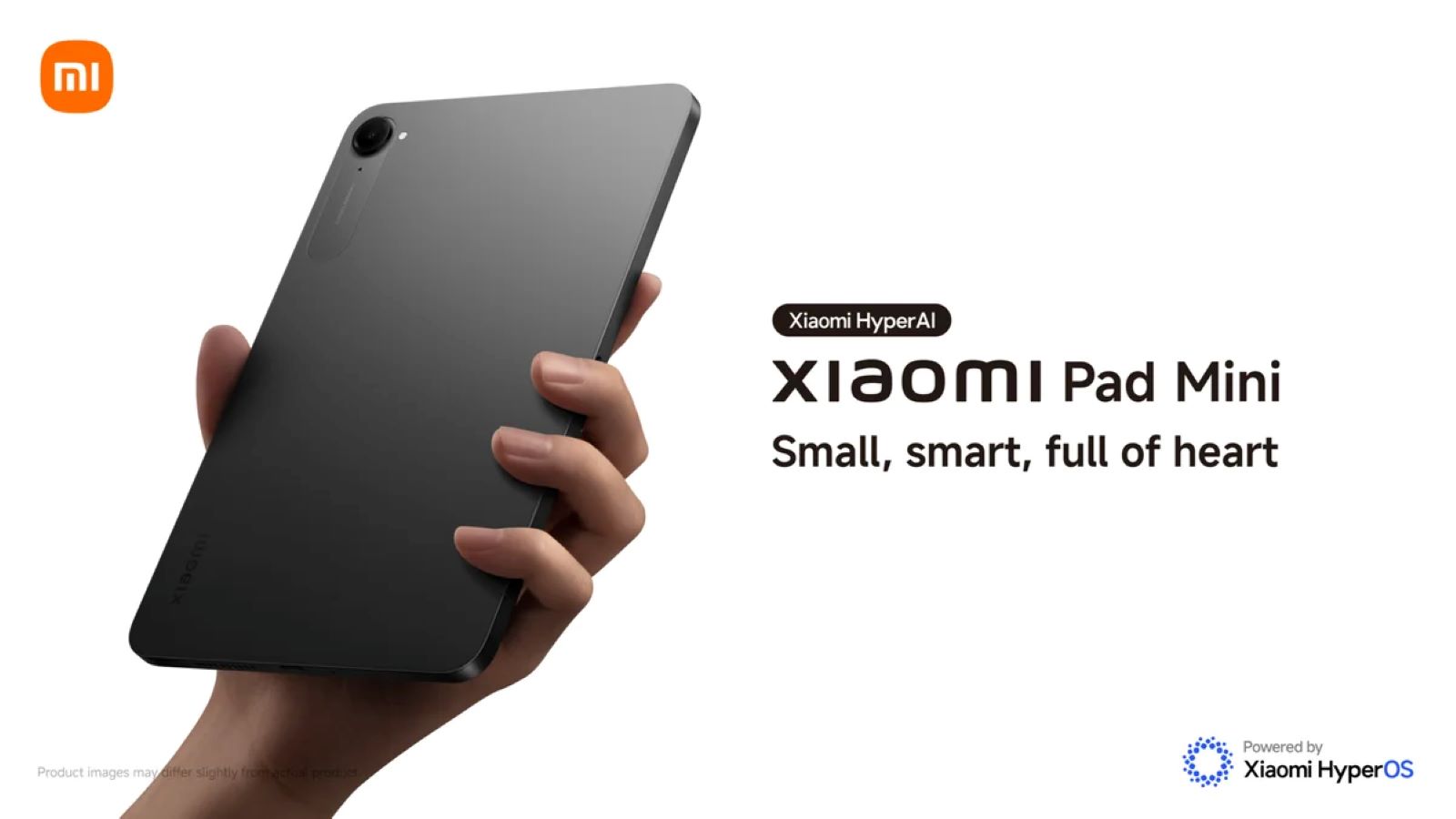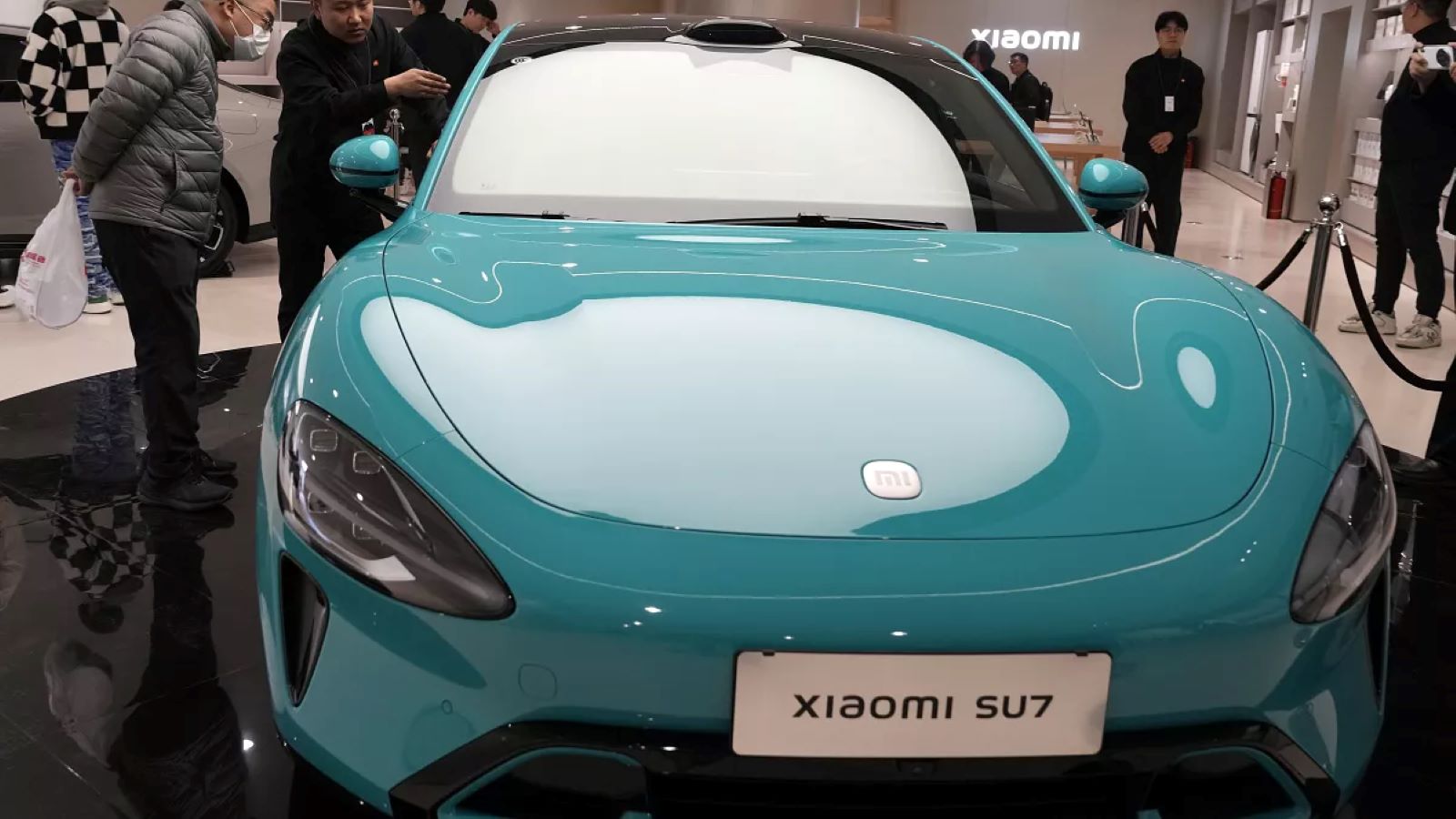Xiaomi has started rolling out its HyperOS 3 update to a wide range of smartphones, and early impressions from users suggest a clear difference in how their devices perform. This update is not a simple design refresh. It’s more of a structural rework, designed to improve how phones handle everyday tasks.
Key Takeaways:
- HyperOS 3 is now rolling out to Xiaomi smartphones.
- The update focuses on performance improvements rather than just design.
- Apps open faster, animations are smoother, and memory management is smarter.
- Users are reporting snappier performance and more stable gaming experiences.
- The rollout is gradual, starting with flagship devices before expanding to mid-range and older phones.
Many users are saying their devices feel faster and more responsive. Apps open with less hesitation, and switching between tasks no longer feels sluggish. Xiaomi has made it clear that with this version, performance is the priority.
Some of the most noticeable improvements include:
- Apps launching more quickly compared to previous versions
- Smoother animations and fluid scrolling across menus and apps
- Smarter background process handling, allowing more apps to stay ready without slowing the phone
- Increased system stability, with fewer lags or stutters
HyperOS is still fairly new. It was first introduced in late 2023 as Xiaomi’s replacement for MIUI, with the goal of unifying its phones, tablets, smart home devices, wearables, and even cars under one system. HyperOS 3 continues to build on that vision, but this time with a sharper focus on performance and stability.
The speed gains come from work done deep inside the system. Xiaomi engineers have optimized the system kernel, which controls how the operating system interacts with hardware. The file system has been upgraded as well, making app launches and file access noticeably faster. Memory management also sees a major boost, with RAM now being allocated more intelligently. This means the apps you actually use get priority, even if multiple apps are running in the background.
User feedback seems to back this up. Owners of devices such as the Xiaomi 14 series and the Poco F5 are describing their phones as “snappier” and more responsive. Gamers, in particular, have noticed smoother frame rates and faster loading times, which are clear indicators of improved performance.
The update is rolling out in phases. Premium and newer devices are first in line, followed by older and mid-range models. Xiaomi plans to extend HyperOS 3 to a broad range of products over the coming months. To check if your device has received it, go into ‘Settings’, then ‘About phone’, and tap on the system version to look for a new update.
Frequently Asked Questions (FAQs)
Q1: How is HyperOS 3 different from MIUI?
A1: HyperOS 3 is built on a different foundation than MIUI. It is designed to be lighter and more efficient, focusing on performance and connectivity between all Xiaomi devices. MIUI was primarily a user interface for phones, while HyperOS is a complete operating system for an entire product ecosystem.
Q2: Will I get the HyperOS 3 update on my Xiaomi, Redmi, or Poco phone?
A2: Xiaomi releases updates for devices based on their age and model. Generally, phones launched in the last two to three years are likely to receive the update. You can check Xiaomi’s official community forums for a list of eligible devices.
Q3: How can I check if the HyperOS 3 update is available for my phone?
A3: To check for the update, go to ‘Settings’ on your phone. Tap on ‘About phone’ and then on the system version banner at the top. Your phone will then search for any available updates.
Q4: Is it safe to install the HyperOS 3 update?
A4: Yes, it is safe to install official updates provided directly by Xiaomi. It is always a good idea to back up your important data before starting any major software update process.











Add Comment